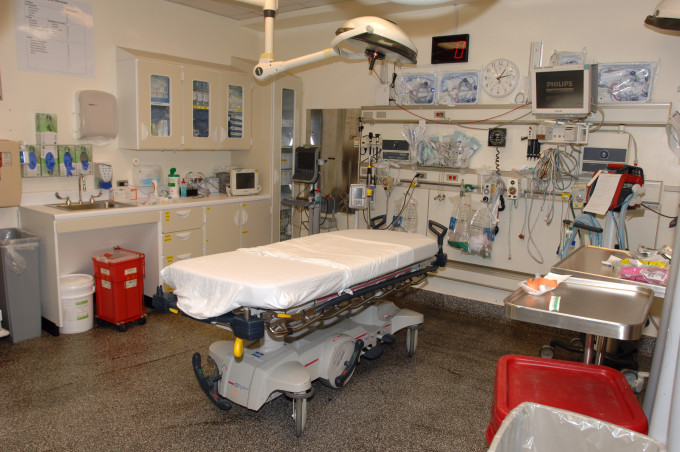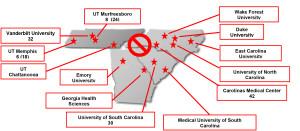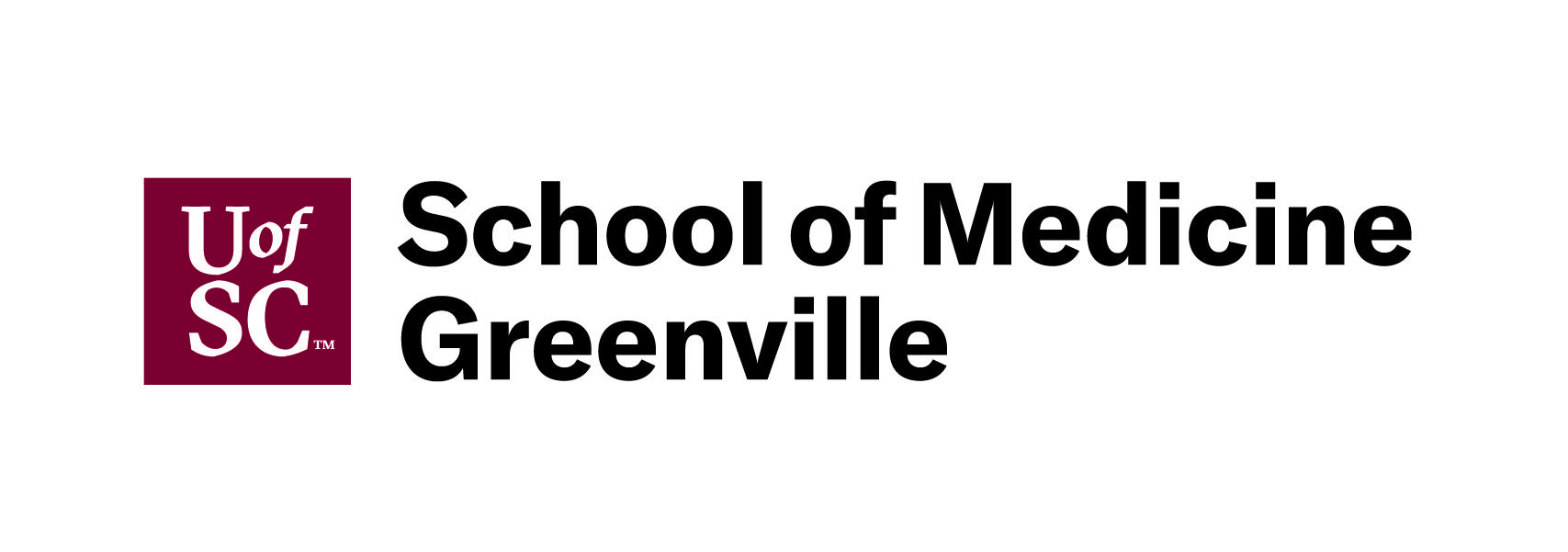
Get the latest articles delivered directly to your inbox!
Our Contributors
Class of 2022
Kyle Duke
Austin Foster
Charlotte Leblang
Ross Lordo
Class of 2021
Dory Askins
Connor Brunson
Keiko Cooley
Mason Jackson
Class of 2020
Megan Angermayer
Carrie Bailes
Leanne Brechtel
Hope Conrad
Alexis del Vecchio
Brantley Dick
Scott Farley
Irina Geiculescu
Alex Hartman
Zegilor Laney
Julia Moss
Josh Schammel
Raychel Simpson
Teodora Stoikov
Anna Tarasidis
Class of 2019
Michael Alexander
Caitlin Li
Ben Snyder
Class of 2018
Alyssa Adkins
Tee Griscom
Stephen Hudson
Eleasa Hulon
Hannah Kline
Andrew Lee
Noah Smith
Crystal Sosa
Jeremiah White
Jessica Williams
Class of 2017
Carly Atwood
Laura Cook
Ben DeMarco
Rachel Nelson
Megan Epperson
Rachel Heidt
Tori Seigler
Class of 2016
Shea Ray
Matt Eisenstat
Eric Fulmer
Geevan George
Maglin Halsey
Jennifer Reinovsky
Kyle Townsend
Join USCSOMG students on their journeys to becoming exceptional physician leaders.

Emergency Medicine at USCSOMG and GHS: Part 2
Here we go with Part 2 of M4 Maglin Halsey’s series on the new Emergency Medicine residency and interview with Dr. Camiron Pfennig. Here’s Part 1, in case you missed it.
M: What other things are you all trying to consider as you start this residency?
DP: I think there is some diversity of experience here. We have the environment, when you start to think about where we live. You’ve got mountains. You’ve got colleges. You’ve got some rural experience. You’ve got a growing city that’s up and coming to meet the needs of the growing population. We’ve got broad EMS coverage. We have incredible EMS folks in our department already recruited from all over the country [who are] expanding the EMS enterprise across not only South Carolina, but also North Carolina. We’ve got people from all over who have come to Greenville to work on faculty–West Coast, East Coast, overseas–that bring a breadth of experience. Not everyone has trained in South Carolina. You look to the left, you see someone that’s trained somewhere else. You look to the right, you see someone that’s trained somewhere else. We’re bringing all that diversity.
And then [you have] the diversity of the patient population as well. You’ve got good coverage from peds to adult. You’ve got trauma. You’ve got medical. You’ve got an all-encompassing population that walks through that door at any given time.

Other Emergency Medicine residencies in the region and the area that a residency in Greenville, SC will help cover. The numbers represent the number of residents each program has during any given year.
There will be event medicine around here. Unique to Greenville is the Clinical University model with ties to Furman, Clemson and the University of South Carolina. You know, really, there is no place else that does it like this, and the idea is so fresh and so new that we don’t really know exactly where it will evolve. But it will evolve, and it will probably be pretty awesome to see the residents be able to interact with those institutions on many different levels. Who knows what will stem into resident opportunities–sidelines for the No. 1 college football team in the country and doing stuff that they’re interested in pursuing in fellowship opportunities. And the Sports Medicine program here is fantastic, being tied to Steadman-Hawkins.
M: What will be some unique things about this residency?
DP: Being affiliated with this brand new medical school that’s got the most innovative technology out there. This is our chance to really try some new things. We are wide open to ideas. We are very strongly considering going outside of the box for interview season. I have lots of ideas about using technology in the interview process to try to cut back on costs to medical students. I think there is definitely some value in what they do in the business world. In my opinion, we do the interview season poorly, backwards. I mean, you look at the way the business world is doing things now. The on-site interview is way down the line, and there are a lot of other screening processes on both sides that allows the candidate to get more involved with the institution. It allows the institution to get more information on the candidate. We’re thinking about doing more heavy lifting up front whether or not it be FaceTime or Skype–some platform to do initial interviews that allow the student to decide if it’s a place they want to spend their time and money. And then potentially bring fewer students on site and spend more quality time with the students that do come. So, as opposed to bringing 100 to 110 students on site, maybe bring 50 and spend a bit more time with each student to really show them what they’re going to get here and allow them to feel comfortable walking out of here knowing that the experience is what it’s billed as. This is our chance to take risks…It’s impractical to say you need to go interview at 15 places and spend two days at each of them and get your hotel and feed yourself and get your plane tickets. But if the medical student was shooting to go to less places, and we therefore maybe have more of a budget to support the interview process on our end. We hope to be the program that, since we’re so new, has the chance to say…let’s give it a shot…
M: What challenges have you had so far or foresee in the future?
DP: One of the biggest things is culture, and I think when you go from a primarily community structure of the Emergency Department to an academic structure, there are a lot of growing pains, and there are a lot of growing opportunities. For example, right now we are used to having medical students and residents every now and then, and so education has become a part of our mission but not a part of our culture. We need education to be something we do all the time, not every now and then.
As we make that transition to have more learners, it requires a lot of faculty development. It requires a lot of faith and buy-in. It really requires you to step outside of what you’ve been doing for x-y-z number of years, where you’ve been caring for patients very well, and now care for patients maybe even better because now you’re having the young learners that want evidence-based medicine and really make you stay on your toes. That has been a challenge, and it continues to be a challenge. It’s not anything different than any other institution going through these changes.
The other big thing is space. I mean, when you look around the property here, there’s not much more land. We’re not building. Now, yes, we’re expanding, but we’re not necessarily building in the space we have. So we’ve had to be very creative in figuring out how to achieve more space, not only for resident offices, lounge, faculty offices, conference rooms, but also trying to re-work the clinical space to ensure that there’s room for students, room for residents. We’re working through that on a daily basis. It takes some creativity, and it takes flexibility. It takes sometimes thinking outside of the box. That’s been a challenge. Plus, we’re growing like crazy. We have more patients, more patients, more patients, which requires more physicians. We are recruiting across the country, bringing in people from all backgrounds, all walks of Emergency Medicine. It’s exciting. We’re bringing fresh new ideas and just deciding who we want to be. It’s exciting but scary at the same time.
I’m originally from Knoxville, TN, and found my way to South Carolina four years ago to pursue my undergraduate education at Clemson University. I graduated in May 2012 with a degree in Bioengineering, and I’m thrilled to be spending four more years in this area. I am passionate about USC School of Medicine Greenville’s commitment to community wellness and developing well-rounded doctors. I am excited to share this journey of our charter class with you.
Transforming Medical School Blog
Copyright 2021 USC School of Medicine Greenville


